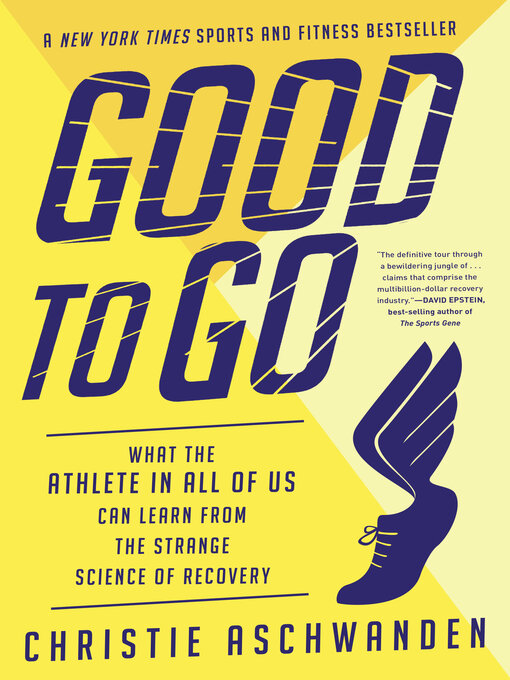A New York Times Sports and Fitness Bestseller
"The definitive tour through a bewildering jungle of...claims that compose a multibillion-dollar recovery industry." —David Epstein, best-selling author of The Sports Gene
Acclaimed science journalist Christie Aschwanden takes readers on an entertaining and enlightening tour through the latest science on sports and fitness recovery. She investigates claims about sports drinks, chocolate milk, and "recovery" beer; examines the latest recovery trends; and even tests some for herself, including cryotherapy, foam rolling, and Tom Brady–endorsed infrared pajamas. Good to Go seeks an answer to the question: Do any of these things actually help the body recover and achieve peak performance?




